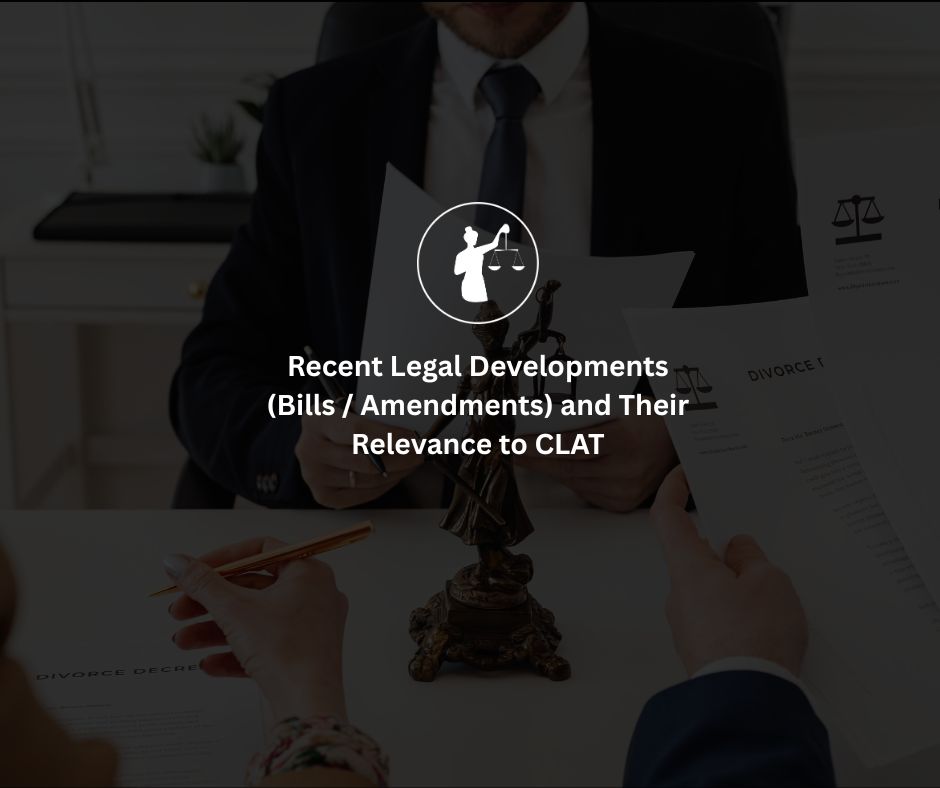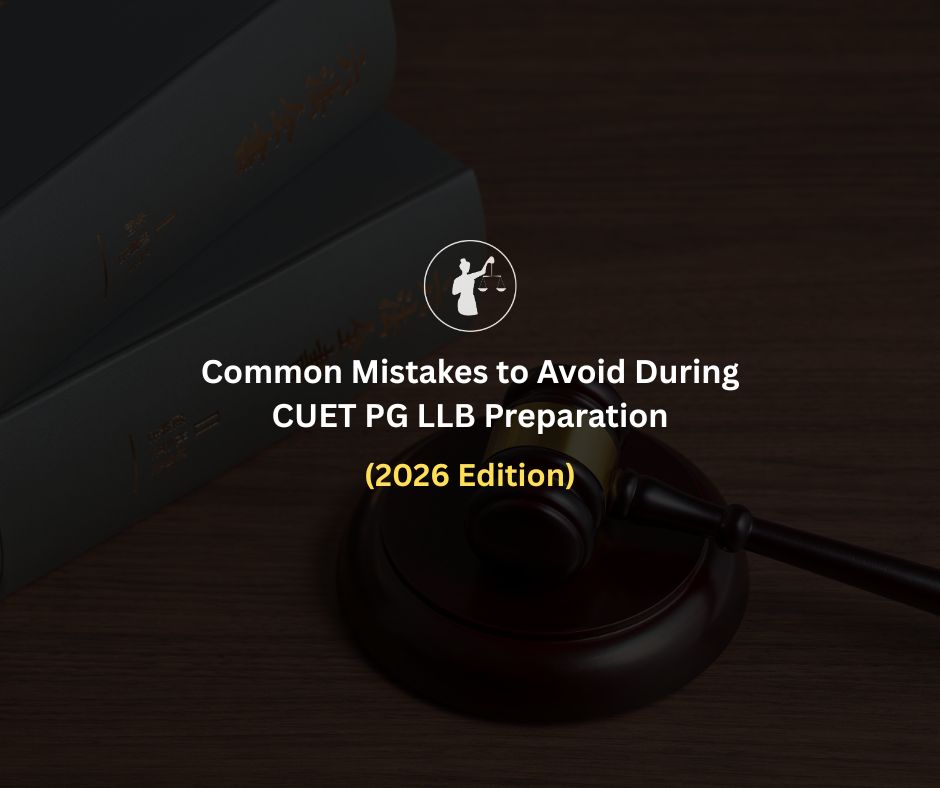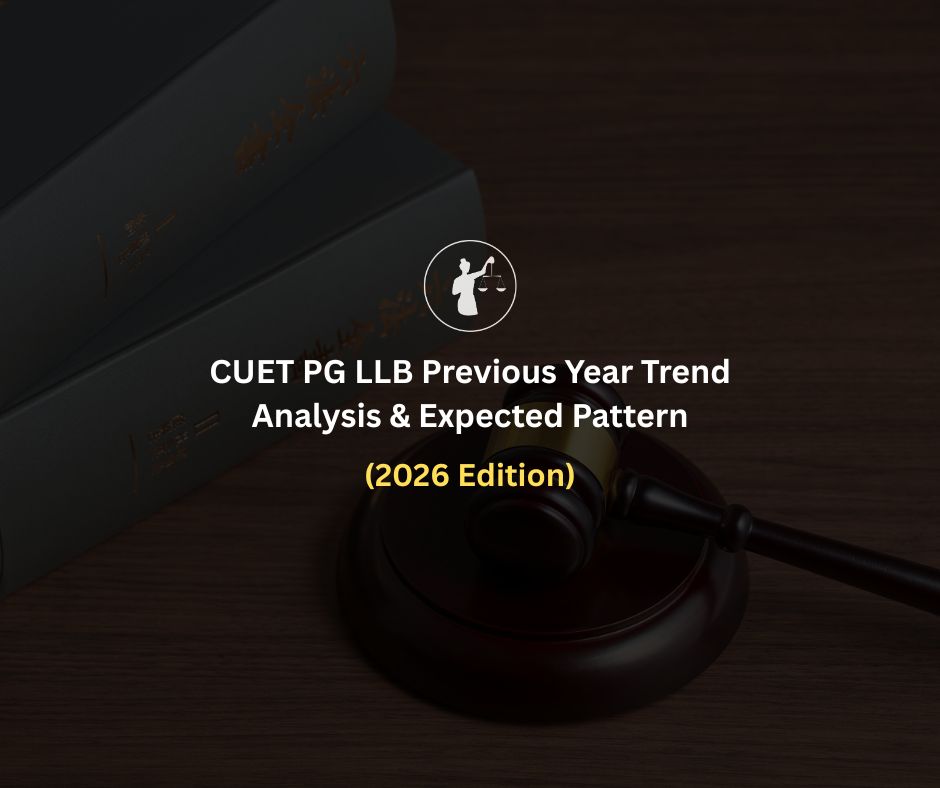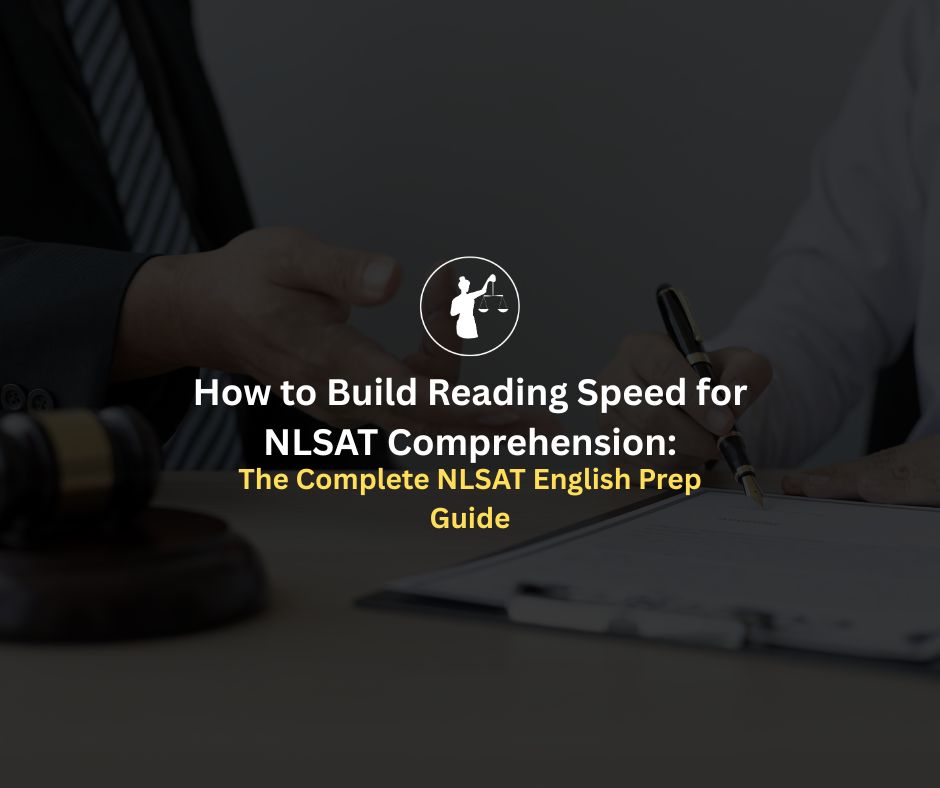
Summary
CLAT questions now favour recent, exam-worthy legal developments that test principles, policy trade-offs, and application. Focus on (1) bills passed or in active debate, (2) significant amendments to existing statutes, and (3) landmark judicial pronouncements. Below are the developments you must know, paired with precise pointers on how they appear in CLAT questions.
Best CLAT Coaching Online 2026–2027 by NLTI
What happened: The DPDP Act (2023) is being operationalised through draft rules released in 2025 that clarify compliance obligations and exemptions. This regime replaces earlier draft bills and changes the shape of privacy law in India.
Why it matters for CLAT: expect questions on data-privacy principles, limits of state access, definitions (personal data vs. sensitive personal data), and balancing individual rights with state functions. Passage-based items may ask you to identify inference or implication about lawful processing, or to evaluate policy arguments for/against broad exemptions.
What to revise: definitions, consent vs. legitimate purpose tests, rule-making powers, and sample fact patterns where government access collides with individual privacy.
What happened: Ongoing legislative and policy activity around the Protection of Children from Sexual Offences Act continues, alongside judicial and policy commentary on gender neutrality and sentencing. Recent commentary and clarifications refine interpretation and procedure.
Why it matters for CLAT: expect principle-based questions on strict liability, trial procedure, special courts, and constitutional safeguards. Case-style items may test whether procedural safeguards or substantive provisions apply to given facts.
What to revise: statutory elements of offences, child-friendly trial measures, and recent high-profile judicial reasoning on related protections.
Read More: Mock Test Review: Use Mistakes to Boost Your Score
What happened: Several sectoral bills have moved through Parliament recently, examples include amendments to railway law, carriage of goods by sea, disaster management, and sectoral reform bills listed in parliamentary trackers. These show law reform trends in infrastructure, disaster law, and administrative reform.
Why it matters for CLAT: passages on public policy and law frequently use these bills as context. Questions test comprehension of regulatory objectives, delegation of powers, and constitutional checks. You may get reasoning items that require weighing efficiency gains against rights or federalism issues.
What to revise: the purpose of each major bill, who it empowers, key legal changes (e.g., new offences or altered duties), and likely constitutional challenges (federal/state competence, fundamental rights).
What happened: New amendment bills (including high-profile constitutional amendment proposals introduced in 2025) indicate shifts in governance architecture. Track introductions and key clauses under debate.
Why it matters for CLAT: CLAT often tests the principles behind constitutional change, basic structure, procedure under Article 368, and checks and balances. Expect short hypotheticals that probe whether an amendment would survive basic-structure scrutiny or whether delegated legislation went beyond legislative intent.
What to revise: basic-structure doctrine, Article 368, and examples where courts have read down amendments.
Read More: CLAT 2026 Success Stories: Top Rankers’ Preparation
What happened: The Supreme Court extended public-trust principles to artificial lakes and reinforced environmental duties on the State in 2025. This expands how public resource protection is framed under Article 21 and directive principles.
Why it matters for CLAT: Expect passages testing rights-based reasoning, application of Article 21 to environmental goods, and inferences on state duties. Questions may ask you to choose policies consistent with the judgment or to spot overextensions.
What to revise: public trust doctrine, Article 21 jurisprudence, and application to new categories of resources.
What happened: Debates and state-level ordinances on transparency and RTI safeguards have surfaced. These reinforce tensions between administrative efficiency and accountability.
Why it matters for CLAT: Typical CLAT items use these debates to frame questions on rule of law, administrative discretion, and limits on executive power. Be prepared to assess whether a disclosure refusal is legally valid or arbitrary.
What to revise: principles of administrative law, doctrine of legitimate expectation, and RTI basics post-amendments.
Read More: CLAT Prep in Tamil Nadu: Beating English & GK Gaps
1. Inference from statutory text: short passages that quote a provision and ask what logically follows.
2. Application to facts: fact patterns testing whether a right was violated under new rules or an amendment.
3. Argument evaluation: passages that argue for or against a bill; questions require selecting which assumption underpins the argument.
4. Constitutional challenge: mini-hypotheticals asking whether an amendment or law violates the basic structure.
Revise by converting each development into 3-4 passage templates: definition/inference, application, argument evaluation, and constitutional critique.
Study routine that targets legal current affairs for CLAT
Weekly file: One page per development with statute name, key change, and 3 potential fact-patterns.
Two-pass reading: First read for facts and purpose. Second read to generate 2 MCQs: one inference, one application.
Link cases to statutes: For every bill/act, note one Supreme Court case or principle that it might trigger (e.g., DPDP → privacy jurisprudence under Article 21).
This method turns news headlines into durable CLAT material.
Read More: How NCR Students Consistently Dominate CLAT Ranks
For CLAT 2025 preparation prioritise: DPDP (rules and privacy tests), POCSO updates, constitutional amendment debates, and major regulatory bills that change administrative powers. Master the legal principle and then practise 3-4 passage-style questions per development.
For quick reference: DPDP rules and their implications, public-trust environmental rulings, the parliamentary bills list, and procedural changes in child-protection law are high-yield.
NLTI curates a weekly legal-updates brief that converts each bill, rule, and judgment into CLAT-style passages, inference items, and application questions. If you want ready-made practice rooted in the most recent laws and amendments, NLTI’s mentors and update feeds map legal current affairs directly to CLAT testing patterns.
1. How far back should I study current legal affairs for CLAT 2025?
Focus on new Indian laws and recent amendments from the past 12–18 months before the exam. Questions generally revolve around policy or legal shifts with ongoing national relevance.
2. Which recent law is most likely to appear in CLAT 2025?
The Digital Personal Data Protection Act (DPDP) and its 2025 draft rules are top priority. Privacy and digital-rights issues have been heavily featured in recent legal current affairs CLAT passages.
3. How can I prepare for law-based current affairs efficiently?
Make short briefs for every major law bill CLAT 2025 topic: the purpose, key provisions, and one constitutional question it raises. Revise weekly and attempt passage-based mock questions.
4. Are Supreme Court judgments part of CLAT legal current affairs?
Yes. CLAT increasingly mixes recent amendments with major constitutional or environmental judgments to test comprehension of evolving principles like privacy, equality, or sustainable development.
5. How are new Indian laws tested in CLAT passages?
They appear as case-based or analytical passages. You might read an extract from a new bill and answer questions on intent, scope, or constitutional validity — the core of law bills CLAT 2025 prep.
6. Should I study both pending and enacted bills?
Yes. Even pending law bills often feature in CLAT because they highlight policy debates. Understand why the bill was proposed, its main features, and potential impact once passed.
7. How do I link recent amendments to static law topics?
When you study a recent amendment, connect it to its parent Act and related constitutional provisions. This helps answer both static and current-affairs questions built around the same legal concept.
8. How does NLTI help with legal current affairs for CLAT?
NLTI tracks new Indian laws, recent amendments, and key Supreme Court cases weekly. Its mentors convert each update into CLAT-style passages, helping students practise real exam-oriented legal current affairs CLAT questions.





